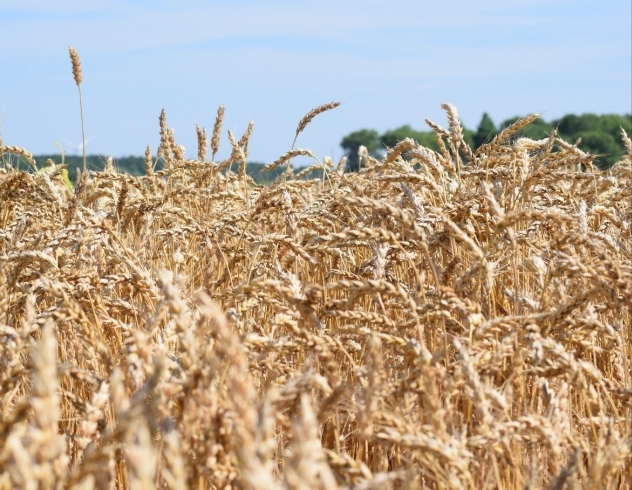News & Events

Crop Corner – Rotation Rotation
November 06, 2015

The University of Guelph has been performing long term crop rotation plots since 1980, observing a variety of crop rotations ranging from continuous corn to continuous alfalfa. Each one having a no till and conventional tillage comparison.
With the accumulated data one fact became clear: Increased diversity pays on almost every measure from crop productivity to input use when compared with simple rotations like corn-soybean.
The biggest opportunity for an increase in productivity was found to be adding winter wheat to the mix. The result has been, consistent increases in corn yields and an impressive impact on the average yield with soybeans. A contributing factor for this is soybean intensive rotations tend to lower quality. One reason being that soybeans do not return much organic matter back into the system.
Adding more crop diversity increases biomass return on the system and boosts soil organic matter. Allowing the soil to be more resilient to drought while improving long term yield and overall productivity.
By adding winter wheat the grower has the opportunity to add cover crops into the mix which can contribute to soil quality. Cover crops are planted into the wheat stubble following harvest in late July to early August, allowing two and half to three months of potential growing season before the onset of winter. While soybeans and corn do not allow for such a growing season.
In conclusion the research reveals: To get the full benefit of cover crops, winter wheat is an ideal choice to add to the crop mix.
This Crop Corner has been written by John Welsh, Sales Agronomist at Clark Agri Service. John can be reached by email jwelsh@clarkagriservice.com or by phone 905-984-9351